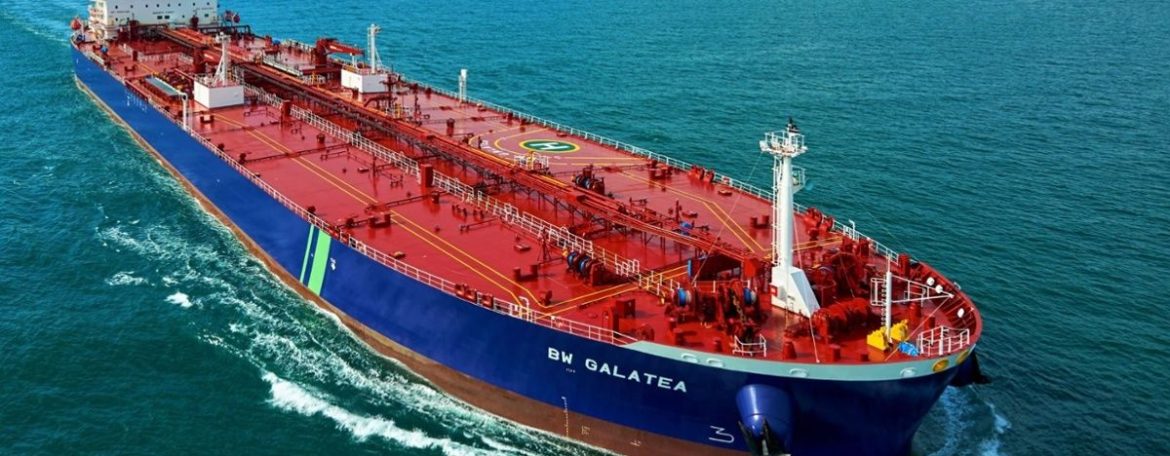Here in this article, we discussed the meaning of marine fuel and furthermore we explained maritime fuel classification.
What Is Marine Fuel Oil?
Marine Fuel oil is a fraction obtained from petroleum distillation, either as a distillate or a residue.
Fuel oil is made of long hydrocarbon chains, particularly alkanes, cycloalkanes and aromatics. The term fuel oil is also used in a stricter sense to refer only to the heaviest commercial fuel that can be obtained from crude oil, i.e., heavier than gasoline and naphtha.
Technically, marine fuel can be divided into two main categories: marine distillates and residual marine fuel. It is Important to note that both of these categories contain products with distillate content, the difference is in amount.
Petroleum bitumen is typically referred to as bitumen or asphalt. In Europe for instance bitumen means the liquid binder. In North America, on the other hand the liquid binder is referred to as asphalt, or asphalt cement.
Distillate fuels are components of crude oil that evaporate in fractional distillation and are then condensed into liquid fractions.
READ: Marine Support Services Oil & Gas (DPR) Permit
Marine Gas Oil (MGO) describes marine fuels that consist exclusively of distillates and falls within the DMA category. Marine Gas Oil usually consists of a blend of various distillates. Marine Gas Oil is similar to diesel fuel, but has a higher density. MGO is based on the lighter distillates and has a low viscosity so as to operate at a controlled temperature. Emissions from MGO contains significantly less particulate matter and soot as well as possessing low sulfur emissions.
Marine Diesel Oil (MDO) is generally composed of various blends of distillates and a small portion of Heavy Fuel Oil which falls within the DMB category. Diesel is a middle distillate and a predominantly mineral fuel but MDO is similar to diesel fuel with a higher density. Unlike Heavy Fuel Oil, Marine Diesel Oil does not have to be heated during storage. The different blending ratios of Marine Diesel Oil can be controlled directly by processes in the refinery or by blending ready-made marine fuels.
READ: NOGIC JQS Registration Certificate & Requirements
Distillate fuels are produced with varying degrees of sulfur content, though the maximum permissible sulfur content of MGO lies below that of Heavy Fuel Oil. The DMA category has a maximum sulfur limit of 1.0% but 0.10% sulfur content MGO is available for marine use. The DMB category has a maximum sulfur limit of 1.5% but ranging between 0.10%-1.5% sulfur content MDO is available for marine use.
Distillate fuels are produced with varying degrees of sulfur content, though the maximum permissible sulfur content of MGO lies below that of Heavy Fuel Oil. The DMA category has a maximum sulfur limit of 1.0% but 0.10% sulfur content MGO is available for marine use. The DMB category has a maximum sulfur limit of 1.5% but ranging between 0.10%-1.5% sulfur content MDO is available for marine use.
Residual fuel is mainly presented by two specifications IFO 380 and IFO 180, where ratio between residue and distillate is quite opposite from MDO. For IFO 380 98% of residue to 2% of distillate, and for IFO 180 88% residue to 12% distillate.
Marine engine oils are made so they resist strain, corrosion, and moisture at higher levels than automotive engine oils. They feature extremely strong film strength so that engine parts are protected during constant shear and load, while they also contain anti-oxidants pertinent for engine lifespan extension.
Maritime Fuel Classification
Marine fuels were traditionally classified after its kinematic viscosity. This is a mostly valid criterion for the quality of the oil as long as the oil is made only from atmospheric distillation. Today, almost all marine fuels are based on fractions from other more advanced refinery processes and the viscosity itself says little about the quality as fuel. It has been developed two indexes CCAI and CII which describe the ignition quality of residual fuel oil, and especially CCAI are often calculated for marine fuels.
The density is also an important parameter for fuel oils since marine fuels are purified before use to remove water and dirt from the oil. Since the purifiers use centrifugal force, the oil must have a density which is sufficiently different from water. Older purifiers had a maximum of 991kg/m3; with modern purifiers it is also possible to purify oil with a density of 1010kg/m3. The first British standard for fuel oil came in 1982. The latest standard is ISO 8217 from 2005. The ISO standard describes four qualities of distillate fuels and 10 qualities of residual fuels. Over the years the standards has become stricter on environmentally important things like Sulphur content. The latest standard also banned the adding of used lubricating oil (ULO).

